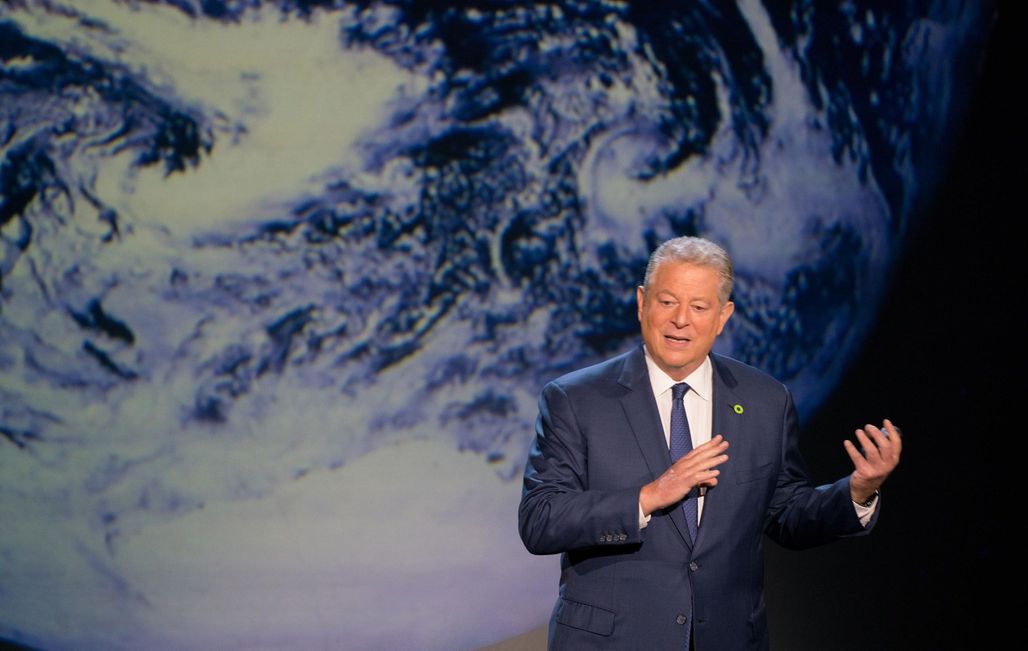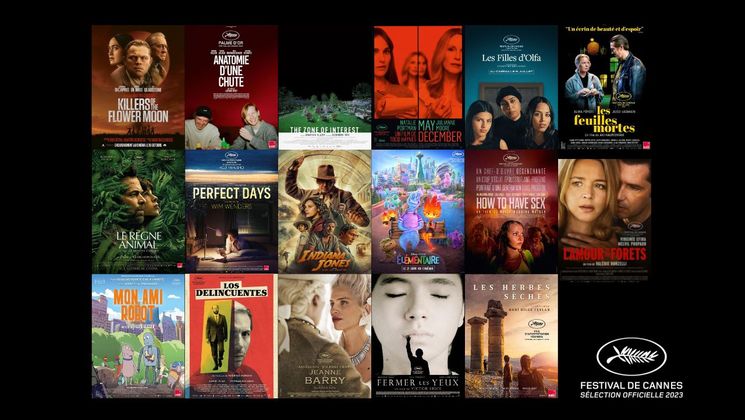
An Inconvenient Sequel: Truth to Power

"How can individuals help fight climate change?" Convinced that there's an answer to this question for us all to apply, film-makers Bonni Cohen and Jon Shenk followed Al Gore on his travels around the world in a follow-up to the documentary An Inconvenient Truth (2006). An Inconvenient Sequel: Truth to Power – the interview.
What is the purpose of a second film ten years after the first?
Bonni: In 2006, when An Inconvenient Truth premiered, it instantly became a lightning rod, awakening the world to the climate crisis. Now, as we sit here in 2017, there are many more solutions that we must take advantage of to fix the climate crisis. Al Gore felt strongly that it is critical to make sure those who have been educated about the risks of global warming, perhaps in part through watching the original film, understand what the revolutionary solutions are and how fast we need to enact them to get the problem solved.
Jon: Bonni and I were brought into the process after Participant had initiated the project and Al Gore was already on board to do a sequel. We started by asking ourselves: “Oh my god! How can we possibly follow up An Inconvenient Truth, one of the most successful documentaries of all time?”
But when we started to talk to the former Vice President, two things convinced us that it made sense to make a sequel. One, is that the disasters due to climate change have grown increasingly dramatic and dangerous. In the film, Al Gore says that when you watch the evening news, “it's like a nature hike through the Book of Revelations.” And, it's true! But even more important is the advent of dependable, inexpensive sustainable energy. In the new sequel, audiences will meet people who, after seeing the first film, changed their lives and went on to develop these new technologies.
“We can stop this”
How do you estimate the impact of the first documentary?
Bonni: The first An Inconvenient Truth was one of the most successful documentaries of all time. Al Gore shared substantial predictions at that time about how bad it was going to get. It turns out he was right. We had the great privilege to travel with Al Gore as he continued his work, training and educating thousands of people through his climate training program. I believe he views the new film as another step toward getting the word out about the crisis and the solutions to the crisis.
Jon: The first film woke people up to the climate crisis. Davis Guggenheim and the rest of the team did an incredible job connecting Al Gore’s personal story and his interest in protecting the environment to the growing threat of global warming. In the new film we watch Al as he travels the world to train thousands of people to do climate-related work in their communities, schools, workplaces and their governments. Many of those involved are former trainees who are doing the work they're doing because they saw An Inconvenient Truth ten years ago.
Ten years is a long enough period of time that people have dramatically changed their lives because of the first movie. We met people who quit their jobs and created new companies, who became teachers, who ran for office, who became leaders in their communities to try to get their cities or their towns or their schools to move towards using sustainable energy.
A word about the shooting?
Bonni: The major way in which the sequel differs from the first film is that much of this film is shot in cinema vérité style. We followed the former Vice President around the world, in and out of political meetings, visiting with survivors of climate catastrophes, participating in the Paris Climate conference and dispensing training all around the world. I think Al understood from the beginning why following him so closely was essential to making an intimate film.
Jon: We shot all over the world. We were in Greenland to film devastating melting ice. We were mesmerized by the awesome beauty of the glaciers yet horrified to watch them melt and dissolve. We also traveled to places like the Philippines which have been among the hardest hit by the increased intensity of hurricanes in the last 10 or 20 years as our planet has warmed. In Tacloban, Al Gore visited with victims of Hurricane Haiyan and walked through their destroyed homes. Many have become activists seeking solutions to the climate crisis.
Al Gore has devoted most of his life to educating people about the climate crisis. He is the closest thing we have to the Lorax from Dr. Seuss’s children's book. He speaks for the trees, and for the planet. However, he takes a lot of hits from the fossil fuel industry by speaking out in this fashion. Those that do not want this information out there slander and ridicule him, claiming that he has some kind of personal profit to gain. Aside from making this film, simply watching Al Gore in action on this monumental quest has been an immensely gratifying, inspiring experience.
A message of hope for our children: have there been any positive changes in the last 10 years?
Bonni: It was intense to be making this film with our own children watching from the sidelines at all the horrors that are the effects of the climate crisis – effects that are even worse than what Al Gore predicted 10 years ago when he made An Inconvenient Truth. But on the other hand, at least we're able to say that there is a significant way forward in tackling the crisis now in terms of the alternative energy solar and wind power that is taking off around the world. There are entire cities and some small countries that have moved completely to solar and wind power.
As the cost comes down, these technologies are being made available not only in developed and industrialized countries but also in developing countries. That feels very hopeful. So, like Al Gore says, "we can stop this".


